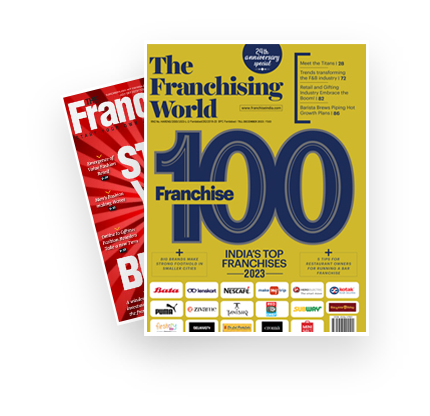
In today’s digital world, technology plays an important role in every industry. Healthcare is one of the most important industries wherein technology plays a crucial role. Medical technology is a broad field where innovation plays an important role in sustaining health. Below are few innovative technologies in the healthcare industry that are revolutionising the field.
Robotic Care
Robots have been there in healthcare for a long time. But we should expect a lot more operating in the healthcare space by 2025 as several other robotic applications are emerging. For e.g. the Robear robot or the Riba robot in Japan that help in lifting patients from beds to wheelchairs and back. The simplistic telepresence robot allows the doctor to "move around" and examine patients while being seated at his or her computer at a distant location. Robots such as Phobot, PARO, NAO, and Milo can also help in pediatric therapy for phobias, autism disorders, and as distractions.
Telemedicine
Telemedicine is an evolving field of healthcare science wherein Information and Communications Technology (ICT) is used to deliver clinical care. According to World Health Organisation (WHO), telemedicine is defined as “The delivery of healthcare services, where distance is a critical factor, by all healthcare professionals using ICT for the exchange of valid information for research and evaluation, treatment, diagnosis, prevention of diseases and injuries, and for the continuing education of healthcare providers, all in the interest of advancing the health of individuals and their communities.” This evolving field has especially helped address the challenges of timely healthcare delivery to rural and remote areas. Various technologies such as Stored and Forward Method, Integrated Services Digital Network (ISDN), T-1 and Video Conferencing are used in telemedicine. Telemedicine has found application in Tele-Healthcare, Tele-Education, Disaster Management, Tele-Home Health Care, Tele-Proctoring, Tele-Consultation, Tele-Pathology, Tele-Ophthalmology, Tele-Radiology etc.
Remote Patient Monitoring
With the advent of new age technologies and health monitoring systems at home, Remote Patient Monitoring has evolved. Medical OEMs and providers are looking at cost-effective and sophisticated monitoring solutions due to the increase in connectivity, portability, portability of patient monitoring devices and mobility. Companies like Philips, Motorola Solutions, and Wipro enable the delivery of customized patient monitoring systems and remote health care services. Various services like heart failure and diabetes monitoring, elderly care, wellness management, fetal monitoring and emergency services are covered under remote patient monitoring. Remote Patient Monitoring helps lower costs and improves patient care.
Mobile Health
mHealth or mobile healthcare can be defined as the delivery of healthcare services or information through mobile communication devices. It comprises mHealth as a concept for the delivery, facilitation, and communication of health-related information by means of mobile technologies including mobile phones, smartphones, tablet computers as well as devices with integrated communication abilities. It offers remote diagnostics and consultation services, health monitoring via portables, patient record keeping and access for caregivers at the point of care, logistical support for the provision of care and education and information services using SMS. PWC predicts that the growth of the mHealth market will lead to a revenue opportunity of US$ 0.6 billion for India. One of the major factors contributing to the growth of mHealth in India is the proliferation of mobile phones in India and access to the internet via a mobile device, according to a recent survey only 3% households have a computer with internet access whereas 69% of Indian households have mobile phones. The advent of wearable devices is another dynamic to the growth of mHealth in

